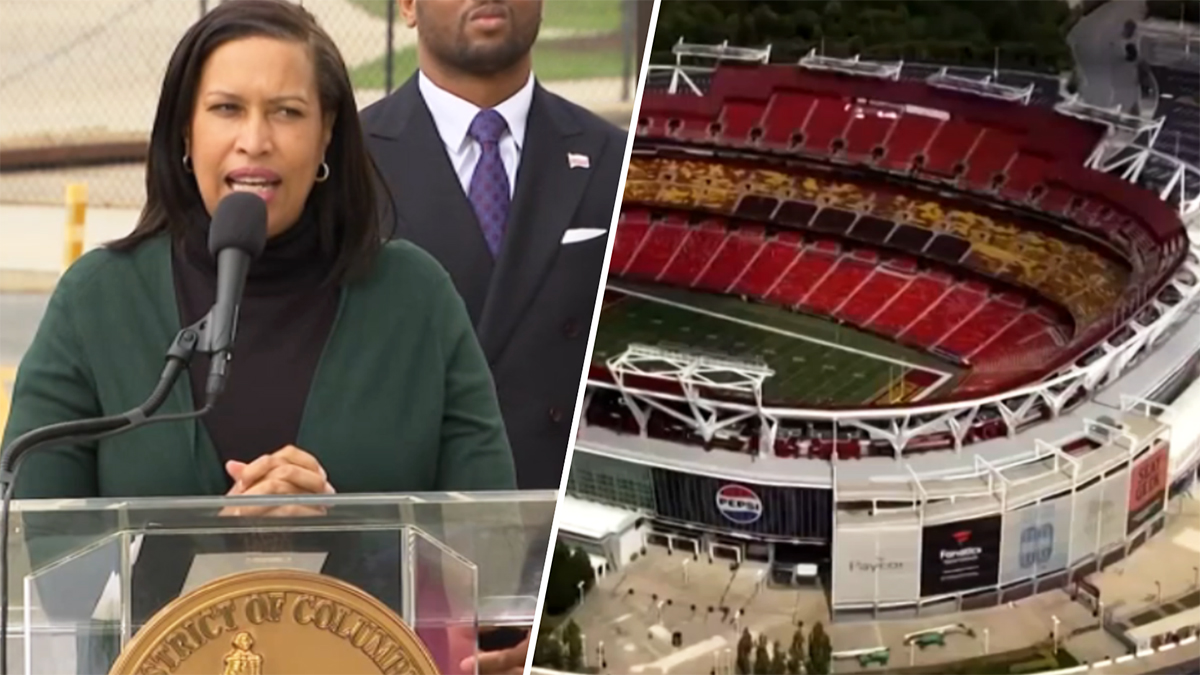DC's Stadium Showdown: Bowser Unveils Commanders' Ambitious Playbook

Mayor Muriel Bowser expressed enthusiastic support for the city's sports landscape, highlighting the growing excitement among Ward 7 residents about bringing world-class athletic experiences to the nation's capital. Speaking candidly about the city's priorities, she emphasized the community's passion for sports and its potential to energize the local community.
